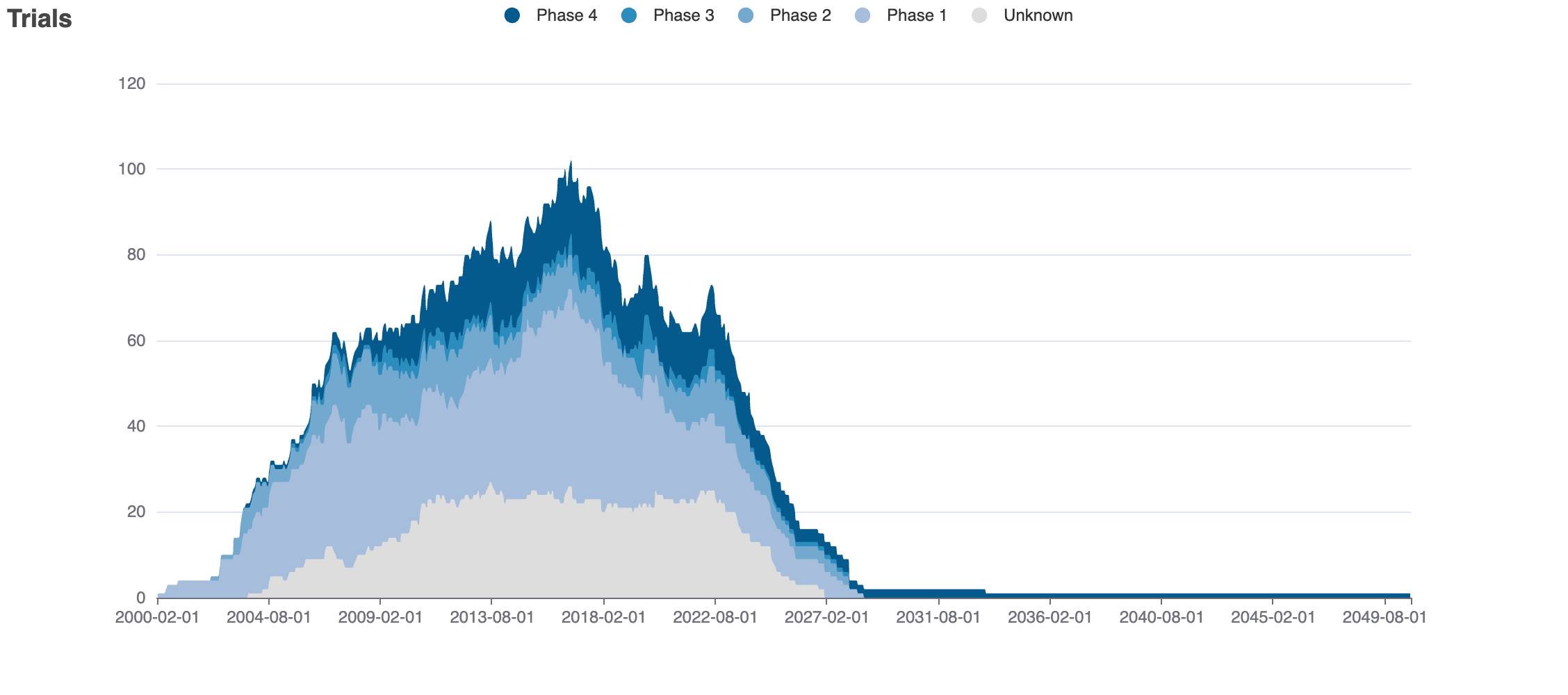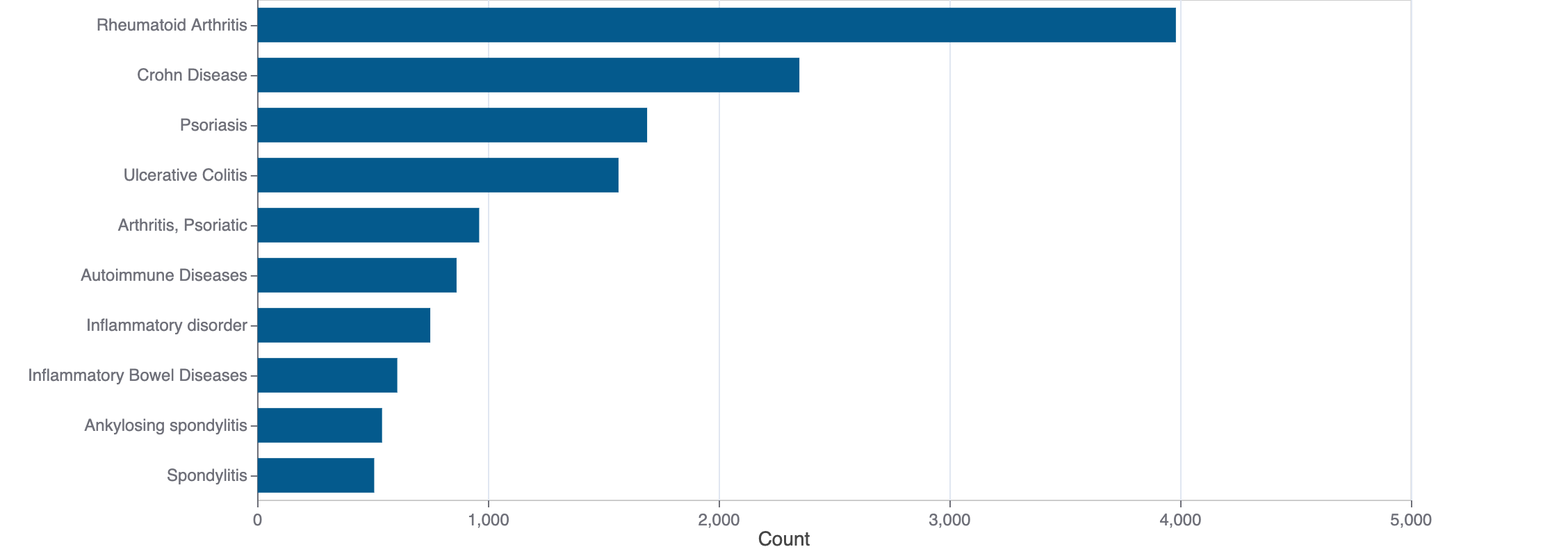Budiodarone
Budiodarone is a small molecule pharmaceutical. It is currently being investigated in clinical studies.
Download report
Favorite
Commercial
Therapeutic Areas
No data
Trade Name
FDA
EMA
No data
Drug Products
FDA
EMA
New Drug Application (NDA)
New Drug Application (NDA)
Abbreviated New Drug Application (ANDA)
Abbreviated New Drug Application (ANDA)
No data
Labels
FDA
EMA
No data
Indications
FDA
EMA
No data
Agency Specific
FDA
EMA
No data
Patent Expiration
No data
ATC Codes
No data
HCPCS
No data
Clinical
Clinical Trials
5 clinical trials
View more details

Mock data
Subscribe for the real data
Subscribe for the real data
Indications Phases 4
No data
Indications Phases 3
Indication | MeSH | Ontology | ICD-10 | Ph 1 | Ph 2 | Ph 3 | Ph 4 | Other | Total |
|---|---|---|---|---|---|---|---|---|---|
| Atrial fibrillation | D001281 | EFO_0000275 | I48.0 | — | 3 | 1 | — | — | 3 |
| Atrial flutter | D001282 | EFO_0003911 | — | 2 | 1 | — | — | 2 |
Indications Phases 2
Indication | MeSH | Ontology | ICD-10 | Ph 1 | Ph 2 | Ph 3 | Ph 4 | Other | Total |
|---|---|---|---|---|---|---|---|---|---|
| Ventricular tachycardia | D017180 | I47.2 | — | 2 | — | — | — | 2 | |
| Cardiac arrhythmias | D001145 | EFO_0004269 | I49.9 | — | 2 | — | — | — | 2 |
| Ventricular fibrillation | D014693 | EFO_0004287 | I49.01 | — | 1 | — | — | — | 1 |
Indications Phases 1
No data
Indications Without Phase
No data
Epidemiology
Epidemiological information for investigational and approved indications
View more details
Drug
General
| Drug common name | BUDIODARONE |
| INN | budiodarone |
| Description | Budiodarone (ATI-2042) is an antiarrhythmic agent and chemical analog of amiodarone that is currently being studied in clinical trials. Amiodarone is considered the most effective antiarrhythmic drug available, but its adverse side effects, including hepatic, pulmonary and thyroid toxicity as well as multiple drug interactions, are discouraging its use. Budiodarone only differs in structure from amiodarone through the presence of a sec-butyl acetate side chain at position 2 of the benzofuran moiety. This side chain allows for budiodarone to have a shorter half-life in the body than amiodarone (7 hours versus 35–68 days) which allows it to have a faster onset of action and metabolism while still maintaining similar electrophysiological activity. The faster metabolism of budiodarone allows for fewer adverse side effects than amiodarone principally due to decreased levels of toxicity in the body.
|
| Classification | Small molecule |
| Drug class | antiarrhythmics: indicates high iodine content |
| Image (chem structure or protein) | |
| Structure (InChI/SMILES or Protein Sequence) | CC[C@H](C)OC(=O)Cc1oc2ccccc2c1C(=O)c1cc(I)c(OCCN(CC)CC)c(I)c1 |
Identifiers
| PDB | — |
| CAS-ID | 335148-45-3 |
| RxCUI | — |
| ChEMBL ID | CHEMBL2105631 |
| ChEBI ID | — |
| PubChem CID | 9833332 |
| DrugBank | DB05519 |
| UNII ID | F5Y53150C8 (ChemIDplus, GSRS) |
Target
Agency Approved
No data
Alternate
No data
Variants
Clinical Variant
No data
Financial
No data
Trends
PubMed Central
Top Terms for Disease or Syndrome:

Mock data
Subscribe for the real data
Subscribe for the real data
Additional graphs summarizing 11 documents
View more details
Safety
Black-box Warning
No Black-box warning
Adverse Events
Top Adverse Reactions
0 adverse events reported
View more details
Premium feature
Learn more about premium features at pharmakb.com
Learn more
